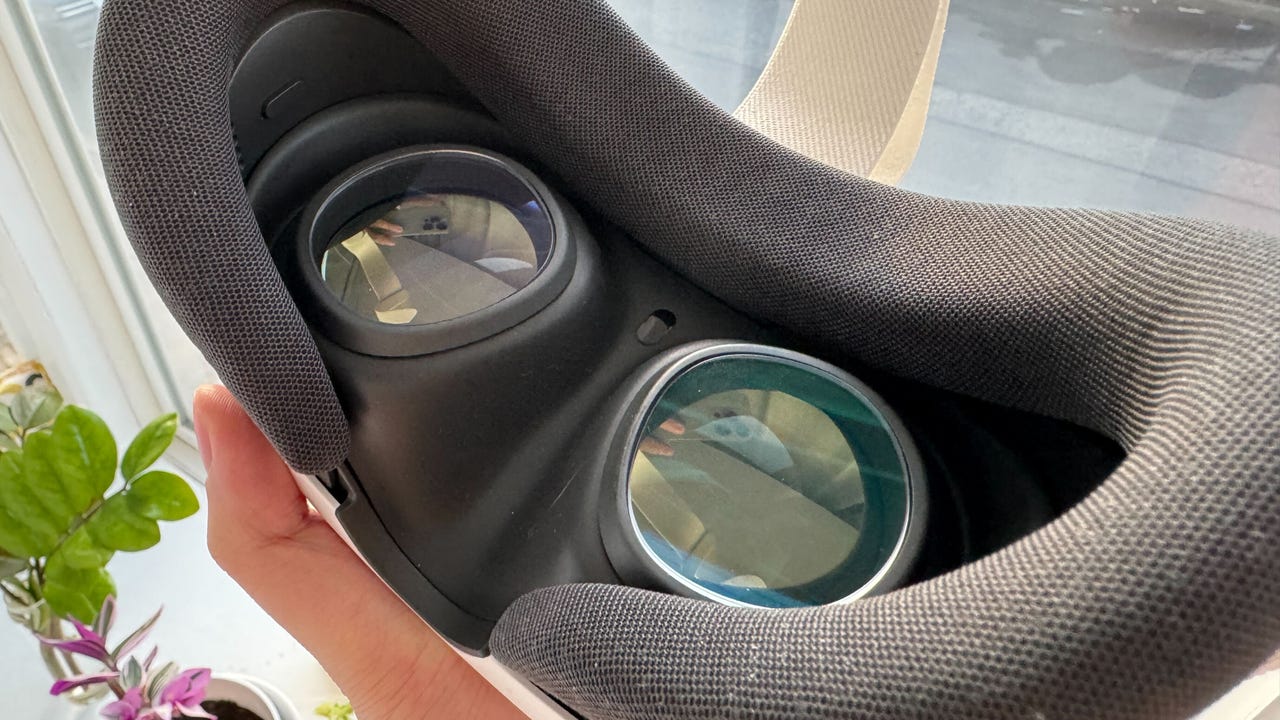The Oculus Quest 3 is the latest addition to the line of virtual reality headsets from Meta (formerly known as Facebook). One of the key components that contribute to the immersive experience of VR is the lenses used in the headset. Over the years, there have been significant advancements in lens technology, leading to clearer and more realistic visuals for users. In this article, we will explore the evolution of lenses in the Oculus Quest 3 and how they enhance the overall VR experience.
One of the key features of Oculus Quest 3 lenses is their ability to reduce glare and reflections, leading to a more comfortable and enjoyable experience for users. The lenses are also designed to minimize eye strain, allowing users to enjoy longer VR sessions without discomfort. Additionally, the lenses are often coated with anti-fog and anti-scratch materials, ensuring that they remain clear and in good condition for extended periods of use. These features contribute to an overall improved visual experience and contribute to the headset’s overall appeal.
The Importance of Lenses in VR Headsets
Before we delve into the evolution of lenses in the Oculus Quest 3, it is important to understand why lenses are crucial in VR headsets:
- Lenses help to focus the display panel's image properly into your eyes, creating a clear and sharp image.
- They determine the field of view (FOV) that users can see in the virtual environment.
- Good quality lenses can reduce the screen-door effect, which is when the gaps between pixels are visible, affecting the visual experience.
- Lenses also play a role in reducing eye strain and fatigue during extended VR sessions.
Evolution of Lenses in the Oculus Quest 3
1. Improved Optics
The Oculus Quest 3 comes with advanced lenses that offer improved optics compared to its predecessors. Here are some key improvements:
- Higher resolution: The lenses in the Oculus Quest 3 have a higher pixel density, resulting in sharper and clearer visuals.
- Reduced glare: The new lenses are designed to minimize glare and reflections, enhancing the overall image quality.
- Wider field of view: Users can enjoy a wider FOV in the Oculus Quest 3, immersing them further into the virtual world.
2. Aspherical Lens Design
One of the key innovations in the lenses of the Oculus Quest 3 is the use of aspherical lens design. Here's how this design benefits users:
- Reduced distortion: Aspherical lenses help to minimize distortion at the edges of the image, providing a more natural and accurate view.
- Sharper image quality: The aspherical design helps to maintain clarity and sharpness across the entire field of view.
- Improved comfort: Users may experience less eye strain and discomfort with aspherical lenses, especially during prolonged VR sessions.
3. Adaptive Focus Technology
The Oculus Quest 3 is rumored to feature adaptive focus technology in its lenses, allowing users to adjust the focus dynamically based on their eye movements. Here are some advantages of this technology:
- Enhanced realism: Adaptive focus technology can simulate natural eye movements, making the virtual world appear more realistic.
- Customized experience: Users can personalize the focus settings to suit their visual preferences and comfort levels.
- Reduced eye strain: By mimicking natural eye behavior, adaptive focus technology can help reduce eye strain and fatigue.
Future Implications of Lens Technology in VR
As lens technology continues to evolve, we can expect further advancements in VR headsets, including the Oculus Quest series. Some potential future implications of lens technology in VR may include:
- Lighter and more compact lenses for increased comfort and portability.
- Enhanced resolution and clarity for more lifelike visuals in the virtual environment.
- Integration of eye-tracking technology to improve focus and interaction within VR experiences.
- Customizable lens settings to cater to individual preferences and visual requirements.
With each iteration of VR headsets, such as the Oculus Quest 3, we can expect to see significant improvements in lens technology that will continue to enhance the overall VR experience for users.



